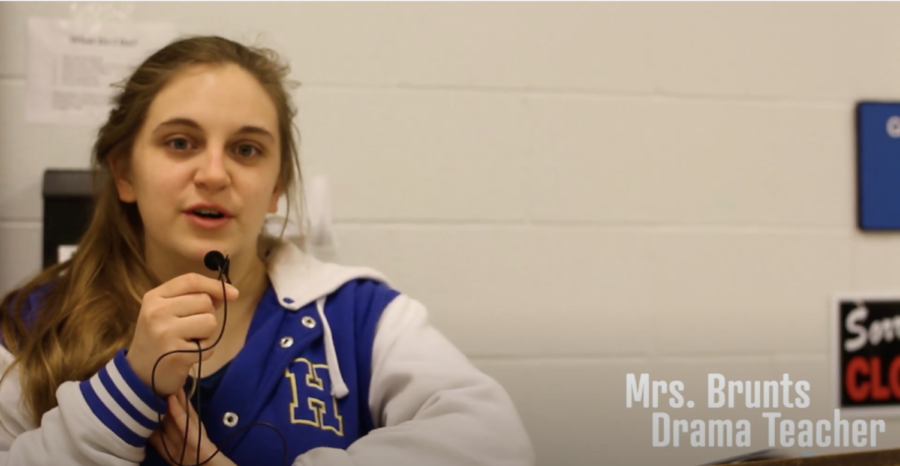Soul solidifies Pixar’s return to form
Dec. 25, Pixar released Soul on Disney+. After their previous disappointments, specifically Toy Story 4 & Onward (films that were enjoyable but lacking the creative spirit the studio’s known for), Soul would prove whether Pixar was just on a dip or if it had already peaked. Directed by Pete Docter (Monsters Inc., Up, Inside Out), the film took on an existential plotline that follows Joe Gardner (Jamie Foxx), a middle school music teacher who unexpectedly dies and must find his way back to life.
Five to 10 minutes into the first act, Soul distances itself from even the more mature entries of Pixar’s catalogue by delving right into the concept of death and life. The topics aren’t sugar coated with euphemisms, as the characters directly address death in a bold and unflinching way unlike other Disney/Pixar films (i.e. Coco or Bambi). In fact, the film feels like the first Pixar project to be aimed mainly at older audiences.
The screenplay is unapologetically intelligent. Similar to the writing from Charlie Kaufman (Eternal Sunshine of the Spotless Mind, Being John Malkovich, and I’m Thinking of Ending Things), the dialogue skips filler and cuts straight to theme analysis. The story and its implications almost near a range of nihilism (belief that life is meaningless) However, Docter steers the plot towards a place of optimism in its look towards the meaning to life. This is the kind of film that opens up conversation from its utmost candor on such a daunting subject matter.
The voice acting was some of the studio’s best. Foxx’s performance as Joe Gardner felt rawly real while Tina Fey’s vocal performance as 22 felt natural and somewhat calming in its innocent inflection.
Soul’s musical score by Trent Reznor & Atticus Ross was one of the film’s greatest surprises. Reznor and Ross, best known as members of the industrial rock band Nine Inch Nails, had notable success with their scores for The Social Network, The Girl with the Dragon Tattoo, and Gone Girl, but those films were claustrophobic tales of grime and violence that aligned with the band’s typical moody aesthetic. Soul, while still mature, is not the type of film that lends itself to their niched intense sound. Still, the duo created something different and enveloping that uses New Age sound to invoke a calming presence upon the audience. It’s light and airy, yet meticulous and impactful in its instrumentation.
As for animation quality, Soul reaches new heights. The film toys with an experimental animation style which focuses on lines and light. The style can be jarring with its minimalist highlighting of the foundational character structures. Since these sequences are not present solely for the sake of being artsy, they do not oversaturate the film. Still, Soul’s conventional animation style found in the majority of the shots breathes life into the characters; ushering in a new, never before seen, era of Pixar realism.
While the film was not what audiences expected, it is Pixar’s finest.





































